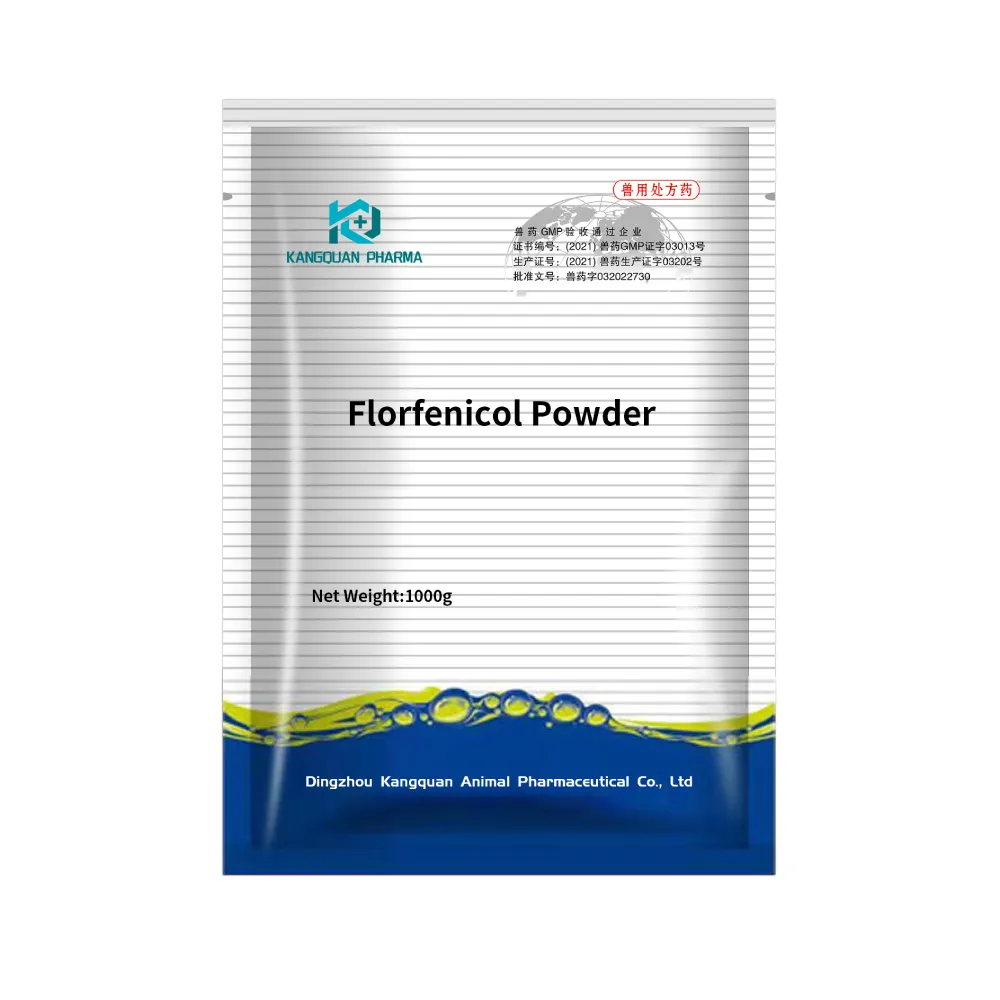- Afrikaans
- Albanian
- Amharic
- Arabic
- Armenian
- Azerbaijani
- Basque
- Belarusian
- Bengali
- Bosnian
- Bulgarian
- Catalan
- Cebuano
- Corsican
- Croatian
- Czech
- Danish
- Dutch
- English
- Esperanto
- Estonian
- Finnish
- French
- Frisian
- Galician
- Georgian
- German
- Greek
- Gujarati
- Haitian Creole
- hausa
- hawaiian
- Hebrew
- Hindi
- Miao
- Hungarian
- Icelandic
- igbo
- Indonesian
- irish
- Italian
- Japanese
- Javanese
- Kannada
- kazakh
- Khmer
- Rwandese
- Korean
- Kurdish
- Kyrgyz
- Lao
- Latin
- Latvian
- Lithuanian
- Luxembourgish
- Macedonian
- Malgashi
- Malay
- Malayalam
- Maltese
- Maori
- Marathi
- Mongolian
- Myanmar
- Nepali
- Norwegian
- Norwegian
- Occitan
- Pashto
- Persian
- Polish
- Portuguese
- Punjabi
- Romanian
- Russian
- Samoan
- Scottish Gaelic
- Serbian
- Sesotho
- Shona
- Sindhi
- Sinhala
- Slovak
- Slovenian
- Somali
- Spanish
- Sundanese
- Swahili
- Swedish
- Tagalog
- Tajik
- Tamil
- Tatar
- Telugu
- Thai
- Turkish
- Turkmen
- Ukrainian
- Urdu
- Uighur
- Uzbek
- Vietnamese
- Welsh
- Bantu
- Yiddish
- Yoruba
- Zulu
Samh . 18, 2024 17:30 Back to list
ivermectin 1 percent injectable
Ivermectin 1% Injectable Overview, Uses, and Safety Considerations
Ivermectin is a widely utilized antiparasitic agent that has garnered significant attention for its efficacy in treating various parasitic infections. Among its various formulations, the 1% injectable solution of ivermectin is particularly noted for its effectiveness in veterinary medicine as well as its potential human applications.
What is Ivermectin?
Ivermectin belongs to a class of medications known as macrocyclic lactones. Originally developed in the late 1970s for use in livestock, it has since found a place in both veterinary and human medicine. The drug works by binding to specific channels in the nerve and muscle cells of parasites, causing paralysis and death. This mechanism of action makes ivermectin effective against a range of parasitic infections, including those caused by nematodes, arthropods, and ectoparasites such as lice and scabies.
Uses of Ivermectin 1% Injectable
The 1% injectable formulation of ivermectin is primarily employed in livestock and companion animals. It is commonly used to treat and control diseases caused by various endoparasites (internal parasites) and ectoparasites (external parasites). These include conditions such as
1. Heartworm Disease Ivermectin is effective in preventing heartworm disease in dogs when administered as part of a monthly preventive regimen. 2. Mange and Scabies The injectable form is often used to treat scabies in animals, providing relief from itching and inflammation. 3. Gastrointestinal Nematodes Ivermectin aids in controlling infections caused by nematodes in ruminants and other livestock, thereby improving overall health and productivity.
ivermectin 1 percent injectable

Though primarily designed for veterinary use, there has been some exploration of ivermectin’s potential in human medicine, particularly in relation to parasitic infections such as lymphatic filariasis and river blindness (onchocerciasis). However, it is important to note that the injectable form is not commonly used in humans due to dosage considerations and the availability of oral formulations.
Safety and Dosage
While ivermectin is deemed safe for use in animals when administered correctly, it is crucial to adhere to the recommended dosage to avoid potential toxicity. Overdosing can lead to side effects such as neurological impairment, which can manifest as ataxia, salivation, and tremors. Therefore, it is essential to consult a veterinarian for proper dosing guidelines specific to the species and weight of the animal being treated.
For human applications, the oral form of ivermectin is generally preferred due to its safety profile and ease of administration. The World Health Organization has endorsed its use in treating specific parasitic infections in humans, particularly in regions where such diseases are endemic.
Conclusion
Ivermectin 1% injectable is a powerful tool in the fight against parasitic infections in animals, contributing significantly to livestock health and veterinary medicine. Its discovery transformed the approach to controlling parasitic diseases and has had a lasting impact on both animal welfare and agricultural productivity. While the injectable formulation is not routinely used in humans, the oral form remains a critical component in the treatment of certain parasitic diseases.
As with any medication, understanding the appropriate use, dosage, and potential side effects of ivermectin is essential for safe and effective treatment. Ongoing research and vigilance continue to shape the understanding of ivermectin's role, ensuring it remains a vital resource in combating both animal and human parasitic infections effectively.
-
Guide to Oxytetracycline Injection
NewsMar.27,2025
-
Guide to Colistin Sulphate
NewsMar.27,2025
-
Gentamicin Sulfate: Uses, Price, And Key Information
NewsMar.27,2025
-
Enrofloxacin Injection: Uses, Price, And Supplier Information
NewsMar.27,2025
-
Dexamethasone Sodium Phosphate Injection: Uses, Price, And Key Information
NewsMar.27,2025
-
Albendazole Tablet: Uses, Dosage, Cost, And Key Information
NewsMar.27,2025













